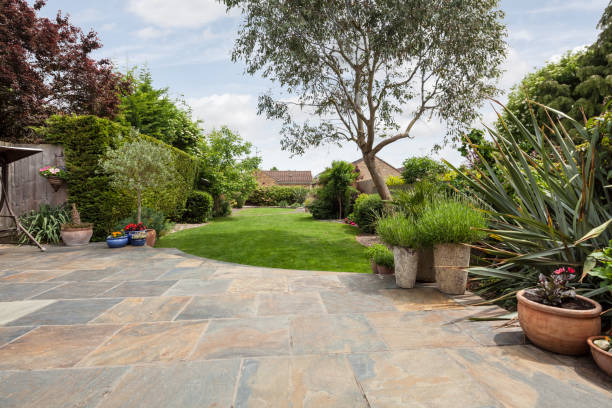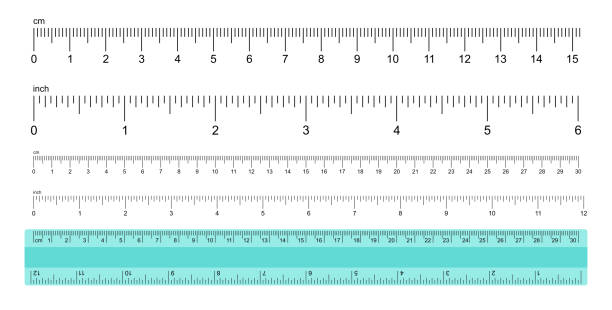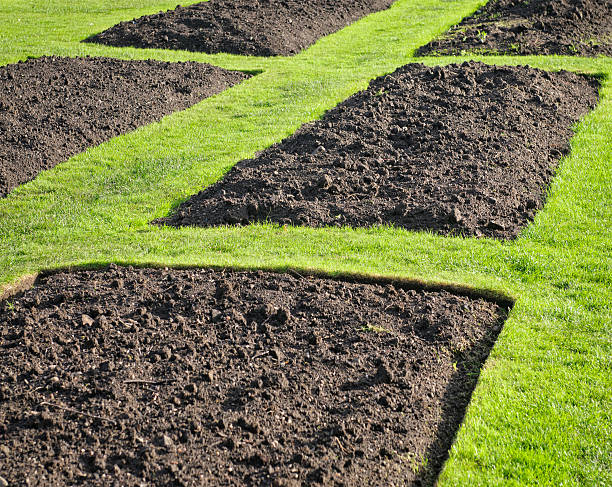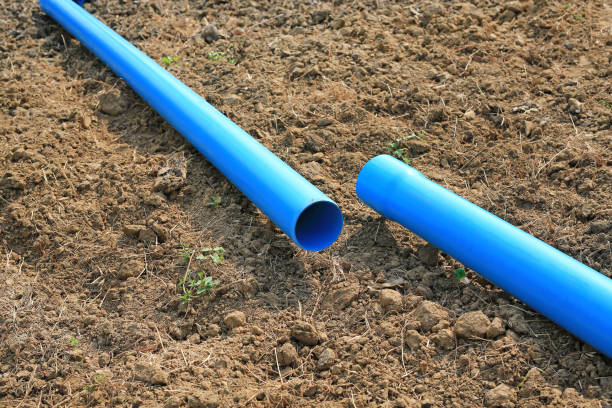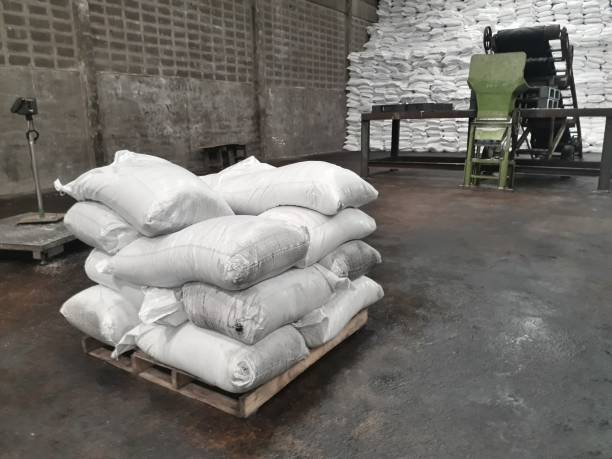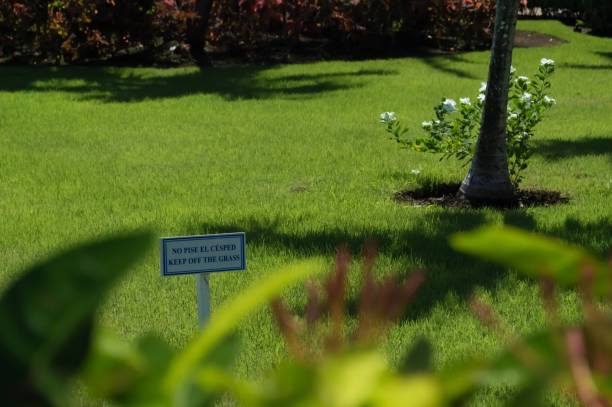How Many Yards is 30 Feet
This post contains affiliate links. This means I will make a commission at no extra cost to you should you click through and make a purchase. Read the full disclosure here.Have you ever found yourself in a situation where you needed to convert between yards and feet? Whether it’s for a home improvement project, crafting, or simply understanding measurements, knowing how to convert units is essential. In this article, we’ll explore the relationship between yards and feet, how to convert between them, and provide practical examples to help you grasp the concept. So let’s dive in and find out how many yards 30 feet actually is!
Introduction
Units of measurement play a significant role in our daily lives, aiding us in quantifying and understanding various aspects of the world around us. Yards and feet are both commonly used units of length in many countries, particularly in the United States. While these units are similar in nature, they differ in terms of magnitude. Therefore, it’s important to know how they relate to each other and how to convert from one to the other accurately.
Understanding the Concept of Yards and Feet
Before we delve into conversions, let’s first understand what exactly a yard and a foot represent. A yard is a unit of length in the imperial and U.S. customary systems, symbolized by the abbreviation “yd.” It is equal to three feet or 36 inches. On the other hand, a foot is a unit of length symbolized by the abbreviation “ft.” It is equal to 12 inches or one-third of a yard.
Converting Feet to Yards
To convert feet to yards, you need to know the conversion factor, which is the number of feet in a yard. Since one yard is equal to three feet, the conversion can be done by dividing the number of feet by three. Let’s apply this conversion to find out how many yards 30 feet is:
30 feet / 3 = 10 yards
Therefore, 30 feet is equivalent to 10 yards. It’s that simple! By using this conversion, you can easily determine the yardage when given a measurement in feet.
Converting Yards to Feet
Converting yards to feet follows the same principle but in reverse. Since there are three feet in a yard, you can multiply the number of yards by three to obtain the corresponding length in feet. Let’s demonstrate this with an example:
7 yards * 3 = 21 feet
Hence, 7 yards is equal to 21 feet. By understanding this conversion, you’ll be able to calculate the equivalent length in feet when provided with a measurement in yards.
Practical Examples
Now that we have explored the conversion process, let’s look at a few practical examples to solidify our understanding. Suppose you’re planning to purchase 60 feet of fabric for a sewing project. By converting this measurement to yards, you can ensure you buy the correct amount of fabric:
60 feet / 3 = 20 yards
Therefore, you would need 20 yards of fabric for your project. Similarly, if you have a 12-yard roll of wallpaper and would like to know how many feet are available:
12 yards * 3 = 36 feet
In this case, you have 36 feet of wallpaper. These examples illustrate the importance of accurate conversions between yards and feet, allowing you to make informed decisions in various scenarios.
The Importance of Accurate Conversions
Accurate conversions between units of measurement, such as yards and feet, are crucial for a multitude of reasons. Whether you’re an architect designing a building, a carpenter measuring lumber, or an individual working on a home improvement project, precise conversions ensure that your calculations and estimations are correct. Inaccurate conversions can lead to costly errors, wasted materials, or even safety hazards. Therefore, it is vital to grasp the concept and practice accurate conversions when working with measurements.
Conversion Tools and Resources
Fortunately, with the advancement of technology, there are numerous tools and resources available to assist you in converting between yards and feet accurately. Online conversion calculators, mobile apps, and even built-in unit conversion features on smartphones can simplify the process. By using these tools, you can save time, reduce errors, and focus on the task at hand.
Common Conversions in Everyday Life
Yards and feet are commonly used units of measurement in various contexts. Understanding their conversions can be beneficial in everyday situations. For instance, when estimating the length of a room, you can quickly convert from feet to yards to get a sense of the space. Additionally, for outdoor activities such as landscaping or gardening, knowing the relationship between yards and feet allows you to plan and measure with ease.
Conclusion
In conclusion, the relationship between yards and feet is essential knowledge for anyone working with measurements. By understanding how to convert between these units accurately, you can confidently navigate projects, purchases, and everyday activities. Remember that one yard equals three feet, and by applying simple multiplication or division, you can convert measurements seamlessly. So go ahead and utilize the conversion tools available to you, and embrace the convenience and accuracy that comes with understanding yards and feet.
FAQ
How many feet are in a yard?
There are three feet in one yard. So, when converting from yards to feet, you can multiply the number of yards by three.
How can I convert yards to feet in a simple way?
To convert yards to feet, simply multiply the number of yards by three. The resulting value will give you the equivalent length in feet.
What are some examples of measurements in yards and feet?
Examples of measurements in yards and feet include fabric lengths, wallpaper rolls, room dimensions, garden measurements, and many more.
Are there any online conversion calculators available?
Yes, there are numerous online conversion calculators that can quickly and accurately convert between yards and feet. A simple internet search will provide you with various options to choose from.
Where can I learn more about different units of measurement?
There are several educational resources available online and in books that provide detailed information on different units of measurement. Exploring these resources will help expand your knowledge in this area.

